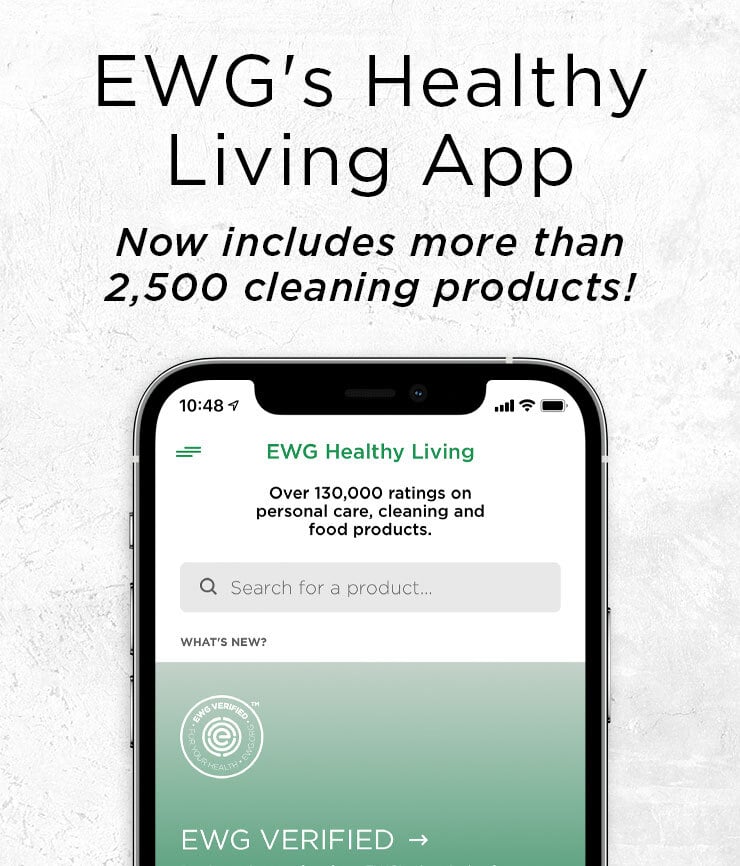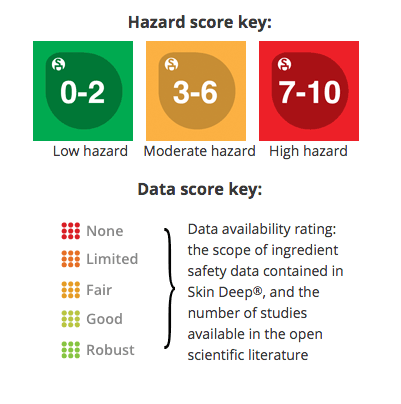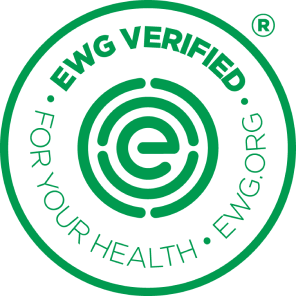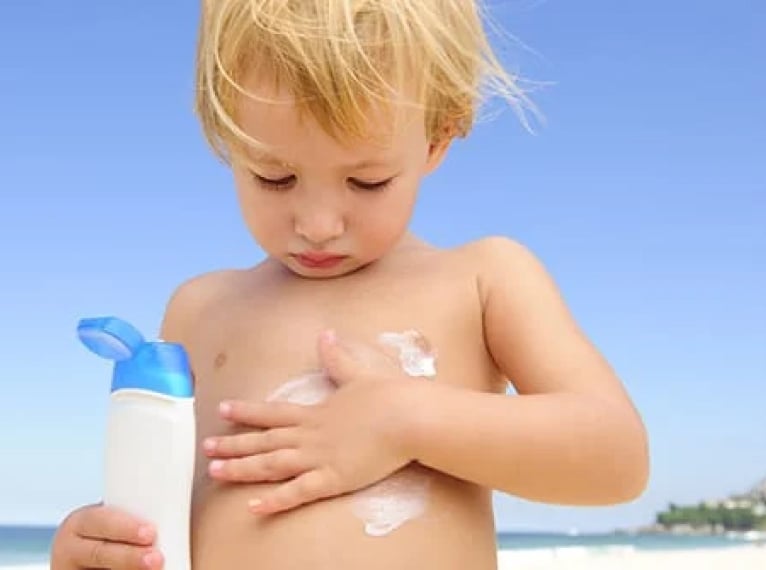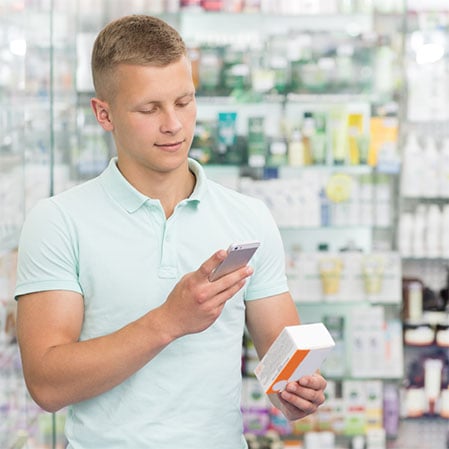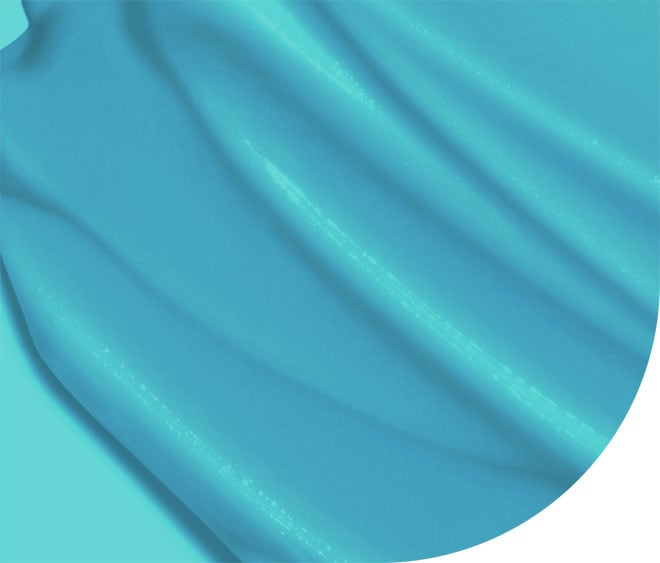
HOME / daily use SPF / moisturizer with SPF

Naturium UV Reflect Antioxidant Sunscreen Lotion, SPF 50
Naturium UV Reflect Antioxidant Sunscreen Lotion, SPF 50

WHERE TO BUY
Health Concerns
-
LOWCancer
-
SOMEAllergies & Immunotoxicity
-
LOWDevelopmental and Reproductive Toxicity
-
HIGHUse Restrictions
Efficacy Concerns
-
Caution We have flagged this product with 3 concerns Based on EWG's modeling, the UV protection is significantly lower than the SPF value would indicate.
Sunscreens can break down while still in the bottle. To be safe dispose of products when the mixture clumps or separates.
This product contains chemical active ingredient(s) that the FDA does not have enough health safety data to classify as safe and effective: AVOBENZONE, HOMOSALATE, OCTISALATE
-
moderateUVA/UVB Balance
Ingredient Scores
Ingredients are scored based on their formulation and concentration in this product. Click on an ingredient for more information.

|
OCTISALATE active ingredient 5%
Data Availability: Fair
|


|
||||
|
||||||

|
HOMOSALATE active ingredient 10%
Data Availability: Fair
|


|
||||
|
||||||

|
BUTYLOCTYL SALICYLATE
Data Availability: Limited
|


|
||||
|
||||||

|
PHENOXYETHANOL
Data Availability: Limited
|


|
||||
|
||||||

|
SODIUM BENZOATE
Data Availability: Fair
|


|
||||
|
||||||

|
PROPYLENE GLYCOL
Data Availability: Fair
|


|
||||
|
||||||

|
AVOBENZONE active ingredient 3%
Data Availability: Limited
|


|
||||
|
||||||

|
ACRYLATES COPOLYMER
Data Availability: Limited
|


|
||||
|
||||||

|
ALUMINUM STARCH OCTENYLSUCCINATE
Data Availability: Limited
|


|
||||
|
||||||

|
RASPBERRY KETONE
Data Availability: Limited
|


|
||||
|
||||||

|
CAPRYLYL/ CAPRYL GLUCOSIDE
Data Availability: Limited
|


|
||||
|
||||||

|
TOCOPHEROL
Data Availability: Fair
|


|
||||
|
||||||

|
CITRIC ACID
Data Availability: Good
|


|
||||
|
||||||

|
WATER
Data Availability: Robust
|


|
||||
|
||||||

|
ISODODECANE
Data Availability: Limited
|


|
||||
|
||||||

|
POLYMETHYL METHACRYLATE
Data Availability: Fair
|


|
||||
|
||||||

|
SACCHAROMYCES/ FERMENT
Data Availability: None
|


|
||||
|
||||||

|
BUTYLENE GLYCOL
Data Availability: Limited
|


|
||||
|
||||||

|
POLYGLYCERYL-6 POLYRICINOLEATE
Data Availability: None
|


|
||||
|
||||||

|
C24-28 ALKYLDIMETHYLSILOXY TRIMETHYLSILOXYSILICATE
Data Availability: None
|


|
||||
|
||||||

|
POLYGLYCERYL-2 DIPOLYHYDROXYSTEARATE
Data Availability: None
|


|
||||
|
||||||

|
DISTEARDIMONIUM HECTORITE
Data Availability: None
|


|
||||
|
||||||

|
SODIUM CHLORIDE
Data Availability: Robust
|


|
||||
|
||||||

|
CAESALPINIA SPINOSA FRUIT EXTRACT
Data Availability: None
|


|
||||
|
||||||

|
HELIANTHUS ANNUUS (SUNFLOWER) SPROUT EXTRACT
Data Availability: None
|


|
||||
|
||||||

|
SODIUM STEAROYL GLUTAMATE
Data Availability: Limited
|


|
||||
|
||||||

|
GLYCINE SOJA (SOYBEAN) OIL
Data Availability: Fair
|


|
||||
|
||||||

|
SQUALANE
Data Availability: Limited
|


|
||||
|
||||||

|
LAUROYL LYSINE
Data Availability: Limited
|


|
||||
|
||||||

|
TRIETHYL CITRATE
Data Availability: Fair
|


|
||||
|
||||||

|
POLYGLYCERYL-10 DIOLEATE
Data Availability: Limited
|


|
||||
|
||||||

|
HYDROXYETHYLCELLULOSE
Data Availability: Fair
|


|
||||
|
||||||

|
OCTYLDODECANOL
Data Availability: Limited
|


|
||||
|
||||||

|
SODIUM PHYTATE
Data Availability: Limited
|


|
||||
|
||||||

|
DISODIUM PHOSPHATE
Data Availability: Fair
|


|
||||
|
||||||

|
SODIUM PHOSPHATE
Data Availability: Fair
|


|
||||
|
||||||

|
CAPRYLYL GLYCOL
Data Availability: Limited
|


|
||||
|
||||||
Ingredients from label
Active ingredients: Avobenzone 3.0% Homosalate 10.0% Octisalate 5.0%; Inactive ingredients: Aqua/Water/Eau, Isododecane, Polymethyl Methacrylate, Butyloctyl Salicylate, Acrylates Copolymer, Saccharomyces Ferment, Aluminum Starch Octenylsuccinate, Butylene Glycol, Polyglyceryl-6 Polyricinoleate, C24-28 Alkyldimethylsiloxy Trimethylsiloxysilicate, Polyglyceryl-2 Dipolyhydroxystearate, Disteardimonium Hectorite, Sodium Chloride, Caesalpinia Spinosa Fruit Extract, Helianthus Annuus (Sunflower) Sprout Extract, Sodium Stearoyl Glutamate, Glycine Soja (Soybean) Oil, Squalane, Raspberry Ketone, Lauroyl Lysine, Caprylyl/Capryl Glucoside, Triethyl Citrate, Polyglyceryl-10 Dioleate, Hydroxyethylcellulose, Octyldodecanol, Tocopherol, Sodium Phytate, Disodium Phosphate, Sodium Phosphate, Sodium Benzoate, Caprylyl Glycol, Propylene Glycol, Citric Acid, Phenoxyethanol
Unknown:
Leading international certifiers PETA and Leaping Bunny have no information concerning this company’s use of animal testing.

